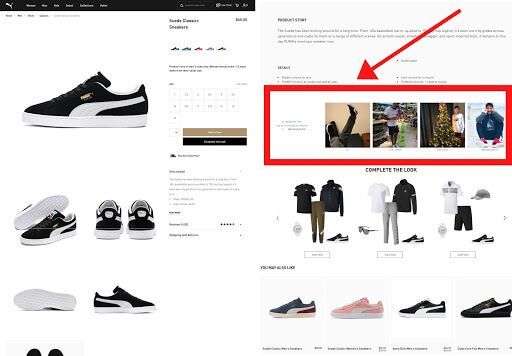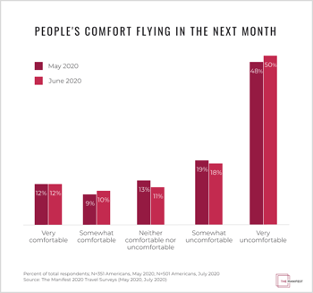How COVID-19 Has Changed 2020 Travel in America – Social Hospitality
How COVID-19 Has Changed 2020 Travel in the us
The COVID-19 pandemic took a significant toll on industries all over the world. The travel industry is uniquely and hugely influenced by the herpes virus. As daily new cases continue steadily to increase in america, travel restrictions and the cancelation of long-held plans keep folks from taking trips this season.
However, Americans still desire to travel safely. We’ll review 3 ways Americans adjusted their travel expectations to support medical and safety of themselves among others. Hospitality professionals should align marketing plans with COVID-19 travel trends to support the changing needs and expectations of travelers.
Americans Schedule Road Trips Rather than Flights
This season, Americans are taking road trips instead of traveling via plane. In a recently available survey, The Manifest found Americans were very uncomfortable with the thought of flying come early july.
Actually, about 67% of Americans admitted these were at the very least somewhat uncomfortable flying. Some indicated they’d only fly months after an all-clear signal. Or, until they along with other passengers were successfully vaccinated.
American discomfort with flights doesn’t necessarily extend to road trips. Even though many are nervous about plane travel, only 23% canceled all remaining 2020 travel plans. This means that people elect to travel in more socially-distanced ways. Included in these are regional road trips, which explains the recent sudden uptick in road travel that exceeded pre-pandemic levels.
There are lots of things hotels can perform in reaction to COVID-19. Hoteliers and hospitality professionals should note of the brand new preference for road trips. Rather than buying marketing efforts that stretch to nationwide audiences, marketing dollars could be best spent through more regionally-targeted advertising.
Americans are wanting to travel again, but remain concerned about their safe practices. Many believe road trips and socially-distanced regional outings will be the safest solution to travel through the pandemic.
Business Travel Hits Major Lows
While family and leisure travel in the us has been helped by increases in road trips, business travel continues to decline dramatically. Given the continued threat to medical and safety of employees, companies won’t enthusiastically endorse business trips like these were pre-pandemic.
This sentiment is bolstered by the large-scale transition to a remote working environment. Many employees aren’t entering an office anymore. Aside from taking business trips. Adara found business travel volume shrunk to 20% from pre-pandemic, in accordance with data from July 28, 2020. Companies are shifting their focus to remote collaboration to market the safety of employees and stakeholders.
Many conferences are now conducted over Zoom or Google Hangouts. Remote engagements will be the new normal within the workplace. Organizations that interest and serve business travelers should adjust their efforts temporarily to support leisure travelers through the pandemic. There are more serious organizational boundaries preventing business travel than leisure travel during COVID-19. Business travel will continue steadily to experience lows, likely even with leisure travel picks back up again.
COVID-19 Hotspot Residents are Avoiding Travel
Those in COVID-19 hotspot cities are less comfortable flying. They’re also more prone to be making make adjustments with their travel plans. Based on the Manifest, 67% of these surviving in the Northeast region of the U.S. were very uncomfortable with the thought of plane travel in-may 2020. These high degrees of discomfort certainly are a direct reaction to COVID-19 activity around the spot.
The Northeast, specially the New York and NJ areas, experienced the most important surge of COVID-19 cases in the country throughout the spring. And in addition, this environment deterred folks from wanting to travel. In addition, it diminished confidence in safe travel.
However, extreme discomfort decreased in the Northeast region significantly by July 2020. During the period of two months, those that were very uncomfortable with flights decreased by 16%. The upsurge in travel comfortability in the Northeast region employs many states and cities were successful in flattening the.

Along with regional marketing, hospitality professionals should actively monitor hotspots within their area. Note the fluctuation of new cases. These fluctuations will serve being an indicator for travel comfort in virtually any given region. Travelers start to the thought of safe travel as regional hotspots and case surges ease. Explore strategies for hospitality marketing during COVID-19 when travel picks back up locally.
Folks are Adjusting Travel Plans due to COVID-19
The global pandemic heightened travel concerns in the united states. People’s anxieties caused them to cancel and adjust planned travel.
Among other significant changes in the travel landscape, people took road trips to substitute vacations requiring a flight. There’s been a drastic reduction in business travel carrying out a shift to work-from-home environments.
Lastly, those surviving in regional COVID-19 hotspots feel a larger sense of risk. They’re less inclined to feel safe traveling. Hospitality professionals may use these trends to strategically shift marketing resources. It’s critical to interest people seeking comfort within their travel experiences. COVID-19 marketing could be manageable in the event that you reach these folks within an effective way.
